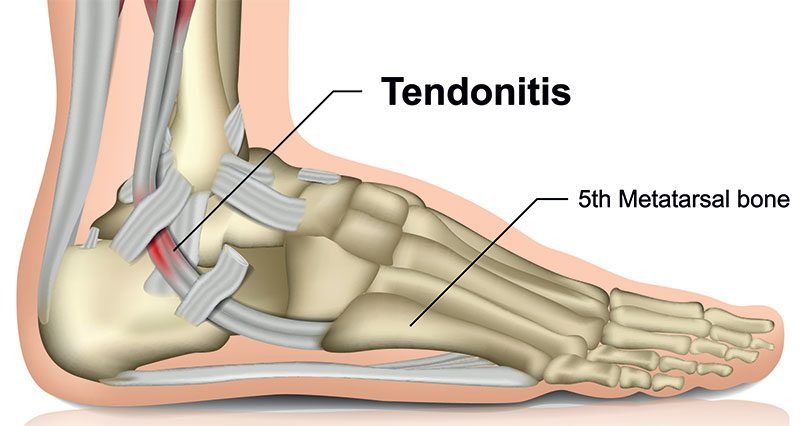Tendonitis and Muscle Tear Treatment in Rohini
Home / Tendonitis and Muscle Tear
Tendonitis and Muscle Tear
Tendonitis and muscle tears are common musculoskeletal injuries that can cause discomfort, pain, and limited mobility. Understanding the differences and seeking appropriate care are crucial for effective management and recovery. Like a muscle strain, the most common muscle tears occur in the lower back, neck, shoulder, and hamstring.

What is a Muscle Tear?
A muscle tear, also known as a muscle strain, occurs when muscle fibers are stretched or torn.
Typically caused by sudden, forceful movements, overexertion, or inadequate warm-up.
Symptoms include pain, swelling, muscle spasms, and limited range of motion.
Management and Treatment
Rest: Allow the injured muscle to rest for proper healing.
Ice: Apply ice to reduce swelling and numb pain. Compression: Use compression bandages to support the injured muscle.
Elevation: Elevate the injured limb to minimize swelling. Anti-Inflammatory
Medications: Nonsteroidal anti-inflammatory drugs (NSAIDs) may be recommended.
Physical Therapy: Gradual introduction of exercises to restore strength and flexibility.
RFA (Radiofrequency ablation) is a medical procedure that uses electrical currents produced by radio waves to generate heat and target specific tissues. This technique is commonly employed to treat various medical conditions, especially those involving chronic pain or abnormal tissue growth.
Ice: Apply ice to reduce swelling and numb pain. Compression: Use compression bandages to support the injured muscle.
Elevation: Elevate the injured limb to minimize swelling. Anti-Inflammatory
Medications: Nonsteroidal anti-inflammatory drugs (NSAIDs) may be recommended.
Physical Therapy: Gradual introduction of exercises to restore strength and flexibility.
RFA (Radiofrequency ablation) is a medical procedure that uses electrical currents produced by radio waves to generate heat and target specific tissues. This technique is commonly employed to treat various medical conditions, especially those involving chronic pain or abnormal tissue growth.
What is Tendonitis?
Tendonitis refers to the inflammation of a tendon, which is the thick, fibrous tissue that connects muscles to bones.
Commonly caused by overuse, repetitive movements, or sudden injuries.
Symptoms include pain, swelling, and tenderness near the affected tendon. Tendonitis can occur in any tendon. But it’s most common around shoulders, elbows, wrists, knees and heels.

Management and Treatment
Rest: Allow the affected tendon to heal by avoiding activities that exacerbate the condition.
Ice: Apply ice to reduce swelling and alleviate pain.
Compression: Use compression wraps to support the affected area.
Elevation: Elevate the injured limb to minimize swelling.
Physical Therapy: Rehabilitation exercises to strengthen and improve flexibility.
PRP Therapy (Platelet-Rich Plasma ) Platelet-Rich Plasma (PRP) therapy is a form of regenerative medicine that utilizes the patient’s own blood to promote healing and tissue regeneration. The blood is drawn from the patient and processed to concentrate the platelets, which contain growth factors and other bioactive proteins essential for tissue repair.


